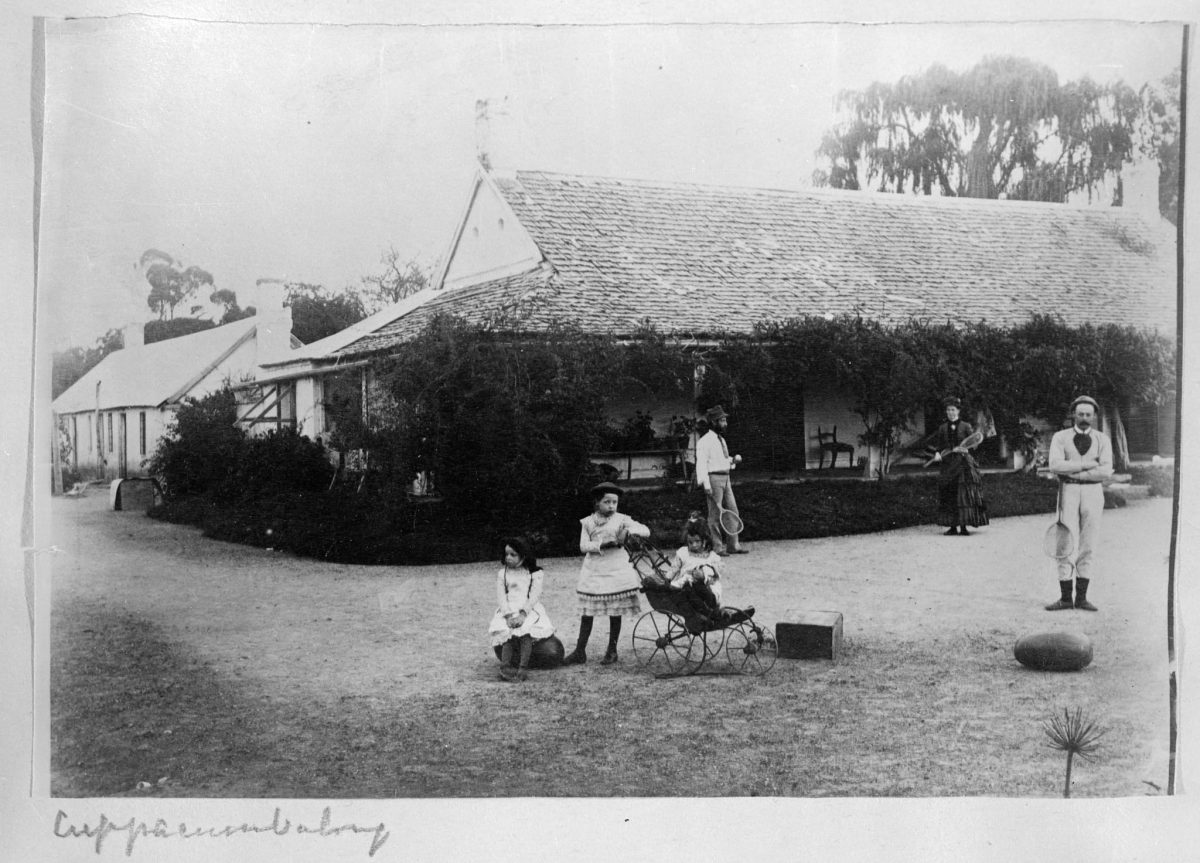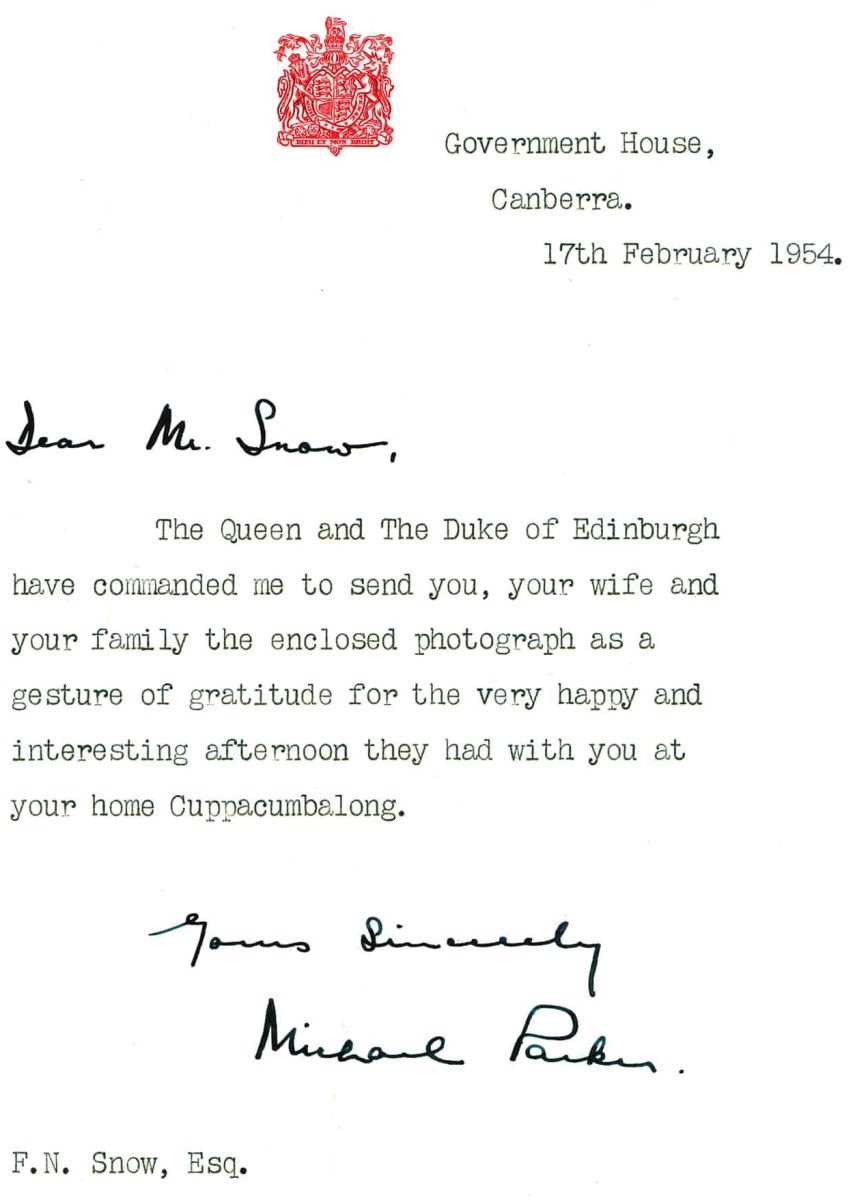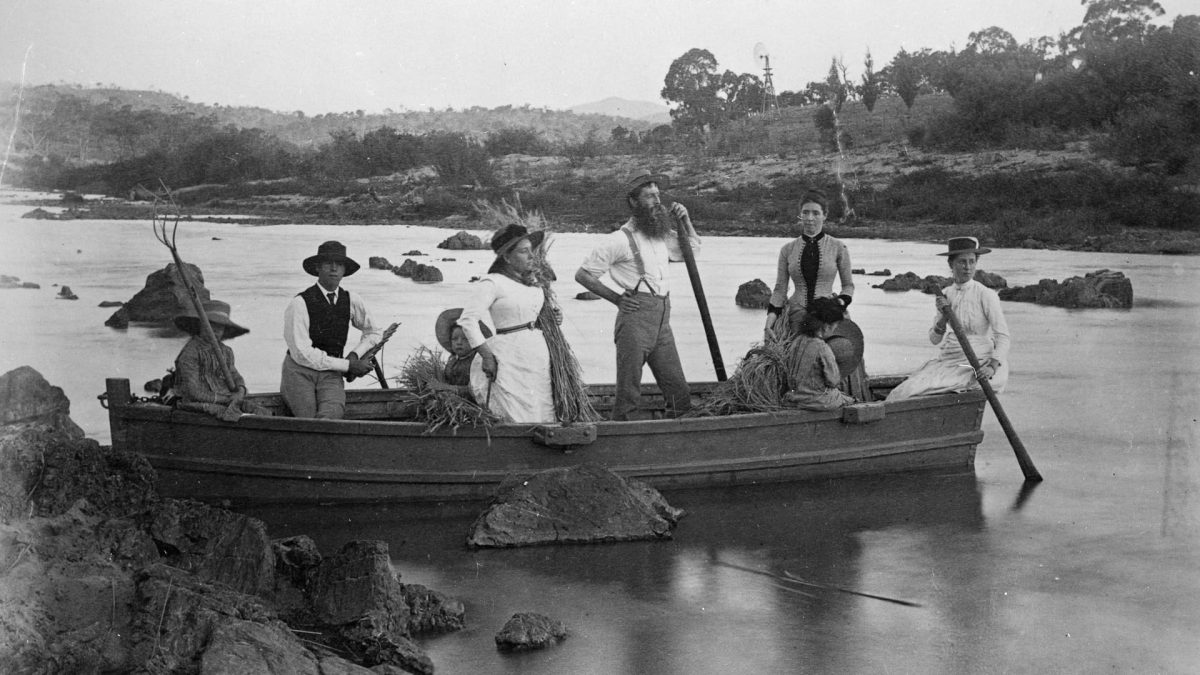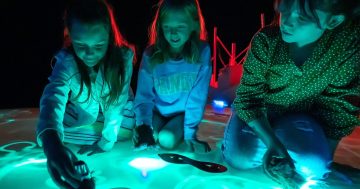
Members of the de Salis family outside the original Cuppacumbalong Homestead in the late 1890s. Photo: Cuppacumbalong Archive.
Just about everyone has a story to tell about Cuppacumbalong at Tharwa – the historic homestead in Canberra’s south that means, literally, “meeting of two rivers”.
Nestled on the western bank of the Murrumbidgee and Gudgenby confluence, it is a place rich in tradition with its 200 recorded sites of stone quarries, scarred trees, ceremonial sites and open camps along the corridor – a meeting place for traditional owners, the Ngambri and Ngunnawal people, going back thousands of years.
This year marks the European centenary of the Cuppacumbalong Homestead and, according to spokeswoman Amanda Pollok, how better to mark the occasion than with some of those stories.
Cuppacumbalong is recognised as one of the first gazetted properties in the area, with three homesteads over the years. The current one marks its 100th year in 2024.
Ms Pollok said to mark the anniversary, she is keen to collect as many memories as she can – be they an oral history, a photograph or just a piece of memorabilia that records a Cuppacumbalong experience.
“I can’t tell you the number of times people, when they come out here, say they went to a wedding here or some other special event, yet we don’t have much of a collection of that history or those stories,” she said.
Today, it is the only privately-owned, heritage-listed property in the ACT that must be open to the public – for free.
In its prime, the property covered 90,000 acres. Today, it is down to 10.
“Previous owners cut it up over the years and now Namadgi forms part of it, but everyone you speak to has a memory of it at some time in its life,” Ms Pollok said. “They are the stories we want to hear.”
Cuppacumbalong’s European history began in the 1820s when settlers started arriving, with James Wright setting it up as sheep run in 1839. By 1855 he had sold it to perhaps its most famous owner, Leopold de Salis, who, with his family, ended up living there for 40 years, producing fine wool and draught horses.
Ms Pollok said there was likely a wealth of stories about the de Salis family alone, the patriarch Leopold being a politician and pastoralist, whose daughter Nina married William Farrer, the creator of the “Federation” strand of wheat.
It went through more owners until, in 1954, under the ownership of Frank Snow, Queen Elizabeth and The Duke of Edinburgh spent a “very happy and interesting afternoon” at Cuppacumbalong during their royal visit.

The letter from Government House thanking the Snow family for hosting the Queen and Duke in 1954 – but a photograph of the visit has yet to be found. Photo: Cuppacumbalong Archive.
“Sadly, we don’t have any photographs of their visit here,” Ms Pollok said. But there is a letter, from Government House, “commanding” the Governor-General to thank Mr Snow for hosting the visit.
Items like a photograph of the royal visit, or just memories of it, are the sort of memorabilia Cuppacumbalong is keen to track down.
So many people have visited, worked, stayed and lived on the site over its long history, that Ms Pollok hopes translates into almost as many stories.

With the Murrumbidgee on their doorstep, the river proved to be a source of both work and play for early residents of Cuppacumbalong. Photo: Cuppacumbalong Archive.
In 2017 Karim Haddad and Ali Wass acquired the homestead with a vision to provide a space where people could meet and learn, a hub for artisans and an environment inspiring creativity. Working with members of the Indigenous community, they sought advice on sustainable land management and the planting of native tucker to bring the land back to health.
It is also used as a centre for meetings with onsite accommodation in the old coach house and a working forge, designed to provide visitors with a taste of the past.
To mark the 100th anniversary of the homestead, Cuppacumbalong is keen to collate as many memories as possible and post them online for everyone to see and reminisce – and keep alive for future generations to see. If enough material can be collected, it may also be compiled in a book.
If you have stories, photos or memories about Cuppacumbalong, email them to amanda@cuppacumbalong.com.au












